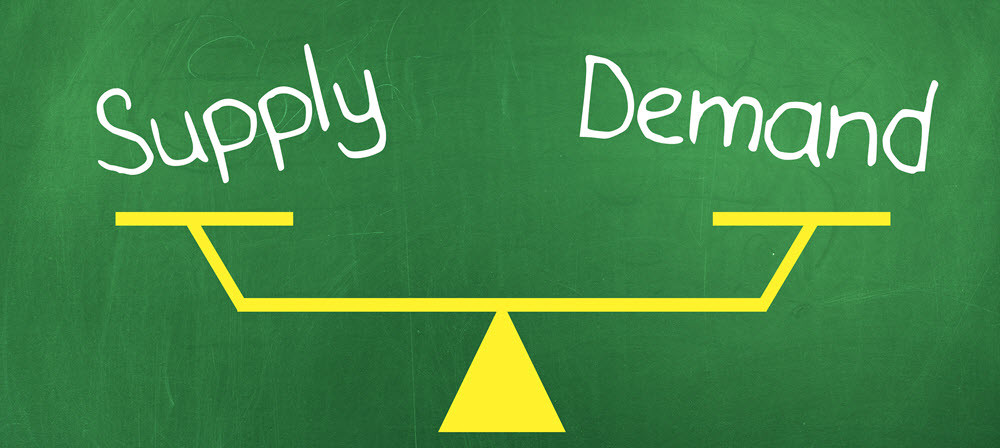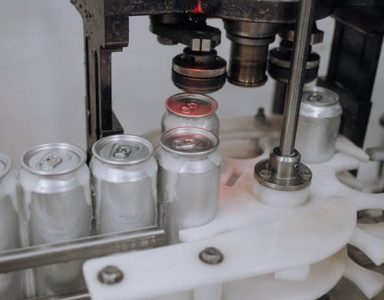
Sales and operational planning (S&OP) is not a new concept. Organizations have been relying on this discipline for decades to balance forecasting, supply/demand planning, and operational delivery. What is happening now is people, processes, and tools have matured—and some are further along the maturity continuum than others.
At the APICS Best of the Best Conference in Chicago, IL, we met with supply and demand planning professionals who were eager to gage their maturity against others in attendance. In discussions, it was clear that the majority of the attendees were either in supply or demand planning but there were very few who represented both sides of the equation. Yet, they were painfully aware of the gaps. One analogy made by a presenter at the conference stands out in illustrating this gap. Imagine a see-saw and there is a supply planning professional sitting at one end while the other end hangs high in the air. Then imagine another see-saw with a demand planning professional in the same situation. For the see-saw to go up and down, they both need to be on the same see-saw and in the same playground.
S&OP to date has focused a lot on supply or demand planning yet the strategic input on product portfolios or alignment with the overall goals of the organization has been few and far between. For S&OP to be effective, cross-functional collaboration is critical. The discipline still needs to mature as far as organizations and people seeing it as an invaluable function that balances supply and demand while keeping an eye on strategy, potential risks, and opportunities. Discussions in the panel on the last day of the conference were about making S&OP an independent function within the organization that has a seat at the executive table. And some companies are leading the way. The keynote speaker talked about how she moved up within Coca-Cola because she had the skills and characteristics for S&OP, and she believes individuals with the same skills will shape the S&OP landscape in the future.
We have previously highlighted vital characteristics a top-notch supply chain professional needs to impact any organization. These skills will continue to be important, and hard to find. While many functions within organizations become myopic in their motivation, the individuals responsible for S&OP need to remain unbiased. They aren’t tied to whether they look good or whether they meet a certain quota. They’re concerned about the holistic picture, and how the changes in that picture effect the various teams involved.
What is clear from our experience at the conference is S&OP is reaching further across and upward within more organizations. In many companies, it is accepted as a key operational process. More and more are now realizing the importance of accelerating S&OP maturity and the critical collaboration that makes it such a fundamental piece of the entire profitability picture.
Want to go even deeper into S&OP insights? Watch the on-demand demo: Move from Reactive to Proactive Planning.


